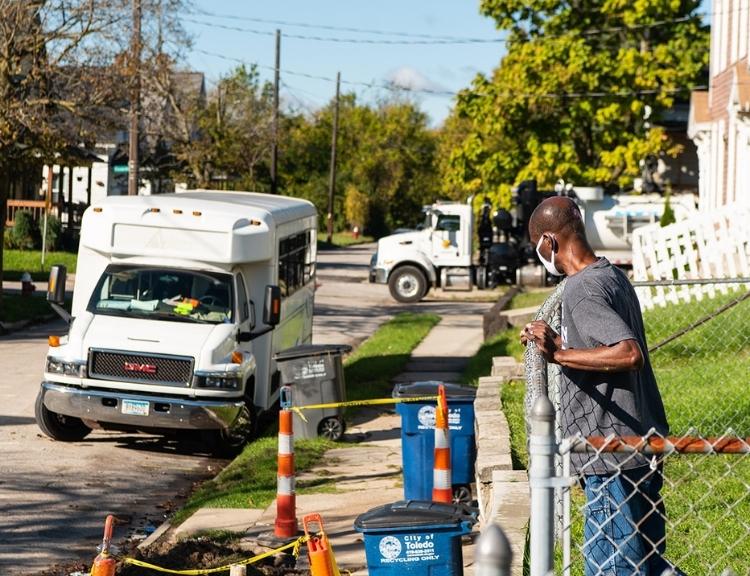August 26, 2022 – Associated Press Reporter Michael Phillis spoke with Radhika Fox of the US EPA Department of Water, Eric Oswalt of Michigan’s Drinking Water Division, Erik Olson of NRDC, and Eric Schwartz of BlueConduit among others.
The article, which focused on Michigan, Wisconsin, New Jersey, Iowa, covered the different commitments and progress of different states in the nation towards lead service line replacement.
After the lead crisis in Flint, officials in Michigan accelerated efforts to locate their pipes, a first step toward removal.
But other places are moving more slowly.
Michael Phillis, AP reporter (full text)
States have different amounts of federal funding available and different preparedness to apply and receive it. That means some cities may be left behind, without funding, to remove their lead pipes.
“If you don’t get your act together and you don’t submit an application, you’re not going to get the money,”
Erik Olson of the Natural Resources Defense Council (profile)
Of course, what’s most important is to reduce lead exposure for the vulnerable, as there is no safe amount of lead in drinking water.
“The issue right now is we want to reduce the time that vulnerable folks are living with lead exposure,”
Eric Schwartz, co-CEO of BlueConduit
Learn more about LSLR
- Read the full AP story
- Learn about BlueConduit’s origin in Flint – Getting the Lead out of Flint – the path to Data Science
- See the BlueConduit lead service line (LSL) Platform





